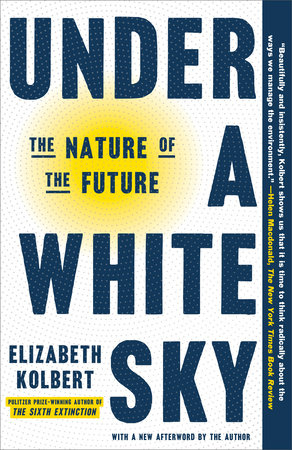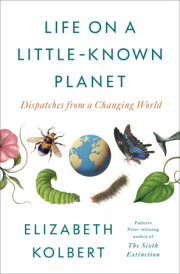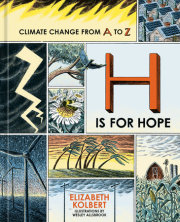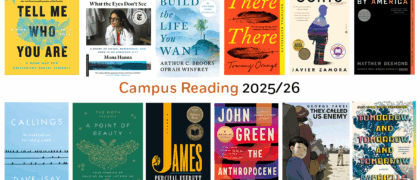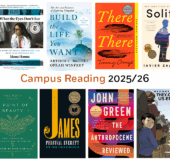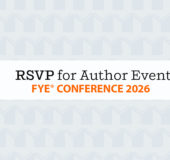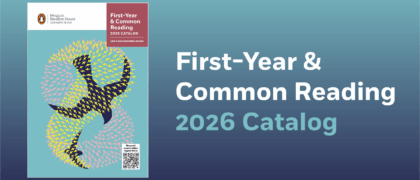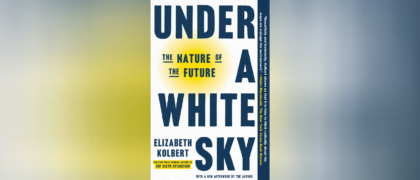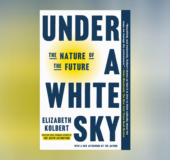Chapter 1Rivers make good metaphors—too good, perhaps. They can be murky and charged with hidden meaning, like the Mississippi, which to Twain represented “the grimmest and most dead-earnest of reading matter.” Alternatively, they can be bright and clear and mirror-like. Thoreau set off for a week on the Concord and Merrimack Rivers and within a day found himself lost in reflection over the reflections he saw playing on the water. Rivers can signify destiny, or coming into knowledge, or coming upon that which one would rather not know. “Going up that river was like traveling back to the earliest beginnings of the world, when vegetation rioted on the earth,” Conrad’s Marlow recalls. They can stand for time, for change, and for life itself. “You can’t step into the same river twice,” Heraclitus is supposed to have said, to which one of his followers, Cratylus, is supposed to have replied, “You can’t step into the same river even once.”
It is a bright morning following several days of rain, and the not-quite-river I am riding is the Chicago Sanitary and Ship Canal. The canal is a hundred and sixty feet wide and runs as straight as a ruler. Its waters, the shade of old cardboard, are flecked with candy wrappers and bits of Styrofoam. On this particular morning, traffic consists of barges hauling sand, gravel, and petrochemicals. The one exception is the vessel I’m on, a pleasure craft named City Living.
City Living is outfitted with off-white banquettes and a canvas awning that snaps smartly in the breeze. Also on board are the boat’s captain and owner and several members of a group called Friends of the Chicago River. The Friends are not a fastidious bunch. Often their outings involve wading knee-deep in polluted water to test for fecal coliform. Still, our expedition is slated to take us farther down the canal than any of them has ever been before. Everyone is excited and, if truth be told, also a little creeped out.
We have made our way into the canal from Lake Michigan, via the Chicago River’s South Branch, and now are motoring west, past mountains of road salt, mesas of scrap metal, moraines of rusted shipping containers. Just beyond the city limits, we skirt the outflow pipes of the Stickney plant, said to be the largest sewage operation in the world. From the deck of City Living, we can’t see the Stickney, but we can smell it. Conversation turns to the recent rains. These have overwhelmed the region’s water-treatment system, resulting in “combined sewer overflows,” or CSOs. There is speculation about what sort of “floatables” the CSOs have set adrift. Someone wonders if we’ll encounter any Chicago River whitefish, local slang for used condoms. We chug on. Eventually, the Sanitary and Ship Canal joins up with another canal, known as the Cal-Sag. At the meeting of the waters, there’s a V-shaped park, featuring picturesque waterfalls. Like just about everything else on our route, the waterfalls are manufactured.
If Chicago is the City of the Big Shoulders, the Sanitary and Ship Canal might be thought of as its Oversized Sphincter. Before it was dug, all of the city’s waste—the human excrement, the cow manure, the sheep dung, the rotting viscera from the stockyards—ran into the Chicago River, which, in some spots, was so thick with filth it was said a chicken could walk from one bank to the other without getting her feet wet. From the river, the muck flowed into Lake Michigan. The lake was—and remains—the city’s sole source of drinking water. Typhoid and cholera outbreaks were routine.
The canal, which was planned in the closing years of the nineteenth century and opened at the start of the twentieth, flipped the river on its head. It compelled the Chicago to change its direction, so that instead of draining into Lake Michigan, the city’s ordure would flow away from it, into the Des Plaines River, and from there into the Illinois, the Mississippi, and, ultimately, the Gulf of Mexico. water in chicago river now resembles liquid, ran the headline in The New York Times.
The reversal of the Chicago was the biggest public-works project of its time, a textbook example of what used to be called, without irony, the control of nature. Excavating the canal took seven years and entailed the invention of a whole new suite of technologies—the Mason & Hoover Conveyor, the Heidenreich Incline—which, together, became known as the Chicago School of Earth Moving. In total, forty-three million cubic yards of rock and soil were gouged out, enough, one admiring commentator calculated, to build an island more than fifty feet high and a mile square. The river made the city, and the city remade the river.
But reversing the Chicago didn’t just flush waste toward St. Louis. It also upended the hydrology of roughly two-thirds of the United States. This had ecological consequences, which had financial consequences, which, in turn, forced a whole new round of interventions on the backward-flowing river. It is toward these that City Living is cruising. We’re approaching cautiously, though maybe not cautiously enough, because at one point City Living almost gets squished between two double-wide barges. The deckhands yell down instructions that are initially incomprehensible, then become unprintable.
About thirty miles up the down river—or is it down the up river?—we draw near our goal. The first sign that we’re getting close is a sign. It’s the size of a billboard and the color of a plastic lemon. warning, it says. no swimming, diving, fishing, or mooring. Almost immediately there’s another sign, in white: supervise all passengers, children, and pets. Several hundred yards farther along, a third sign appears, maraschino red. danger, it states. entering electric fish barriers. high risk of electric shock.
Everyone pulls out a cell phone or a camera. We photograph the water, the warning signs, and each other. There’s joking on board that one of us should dive into the river electric, or at least stick a hand in to see what happens. Six great blue herons, hoping for an easy dinner, have gathered, wing to wing, on the bank, like students waiting on line in a cafeteria. We photograph them, too.
That man should have dominion “over all the earth, and over every creeping thing that creepeth upon the earth,” is a prophecy that has hardened into fact. Choose just about any metric you want and it tells the same story. People have, by now, directly transformed more than half the ice-free land on earth—some twenty-seven million square miles—and indirectly half of what remains. We have dammed or diverted most of the world’s major rivers. Our fertilizer plants and legume crops fix more nitrogen than all terrestrial ecosystems combined, and our planes, cars, and power stations emit about a hundred times more carbon dioxide than volcanoes do. We now routinely cause earthquakes. (A particularly damaging human-induced quake that shook Pawnee, Oklahoma, on the morning of September 3, 2016, was felt all the way in Des Moines.) In terms of sheer biomass, the numbers are stark-staring: today people outweigh wild mammals by a ratio of more than eight to one. Add in the weight of our domesticated animals—mostly cows and pigs—and that ratio climbs to twenty-two to one. “In fact,” as a recent paper in the Proceedings of the National Academy of Sciences observed, “humans and livestock outweigh all vertebrates combined, with the exception of fish.” We have become the major driver of extinction and also, probably, of speciation. So pervasive is man’s impact, it is said that we live in a new geological epoch—the Anthropocene. In the age of man, there is nowhere to go, and this includes the deepest trenches of the oceans and the middle of the Antarctic ice sheet, that does not already bear our Friday-like footprints.
An obvious lesson to draw from this turn of events is: be careful what you wish for. Atmospheric warming, ocean warming, ocean acidification, sea-level rise, deglaciation, desertification, eutrophication—these are just some of the by-products of our species’s success. Such is the pace of what is blandly labeled “global change” that there are only a handful of comparable examples in earth’s history, the most recent being the asteroid impact that ended the reign of the dinosaurs, sixty-six million years ago. Humans are producing no-analog climates, no-analog ecosystems, a whole no-analog future. At this point it might be prudent to scale back our commitments and reduce our impacts. But there are so many of us—as of this writing nearly eight billion—and we are stepped in so far, return seems impracticable.
And so we face a no-analog predicament. If there is to be an answer to the problem of control, it’s going to be more control. Only now what’s got to be managed is not a nature that exists—or is imagined to exist—apart from the human. Instead, the new effort begins with a planet remade and spirals back on itself—not so much the control of nature as the control of the control of nature. First you reverse a river. Then you electrify it.
Copyright © 2021 by Elizabeth Kolbert. All rights reserved. No part of this excerpt may be reproduced or reprinted without permission in writing from the publisher.

